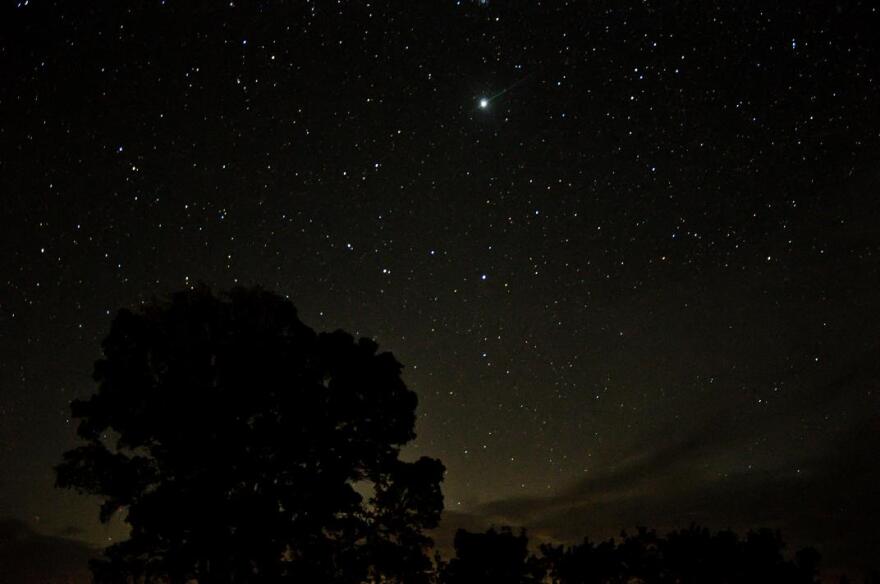Big Cypress National Preserve runs over 729,000 acres in Collier County and bits of Monroe and Miami Dade counties. The preserve is applying to be an international “dark sky park.” There are only 20 in the world.
A "dark sky park" is a place where humans get clear, starry scenery, and nocturnal animals, like the endangered Florida Panther, see better.
"Those animals, if they're not able to see a dark night sky, that's disrupting parts of their natural ecology, their natural behaviors," says Luke Gommermann, Big Cypress park ranger.
Gommermann is helping to prepare the “dark sky park” application. He says the national park service has a "night sky team" that goes around all the national park units of the United States to monitor their night sky quality.
"They determined that Big Cypress is one of the darker locations east of the Mississippi river," he said.
He says that on a moonless night in Big Cypress, you can see the Milky Way.
"We can also pick up a lot of the fainter night sky objects like even the Andromeda Galaxy two and a half million light years away," says Gommermann. "You don't even need a telescope or binoculars to pick it out."
He says people go out seeking these dark areas to recreate and to camp in.
"We would expect that visitation would increase, and hopefully that will improve local economies as well," he said.
Big Cypress would also start to monitor and control artificial light within the preserve. But there’s some light pollution they can’t get away from.

"When we look to the east, we can easily make out Miami and Fort Lauderdale. It's a brownish-yellow glow in our lower horizon in that direction," says Gommermann. "Also looking to the northwest, we can see the lights of Naples and Fort Myers, Cape Coral."
If the application gets approved, the rangers plan to reach out to neighboring communities for help in minimizing light pollution.
Gommermann hopes to complete the application requirements by this year’s deadline, March 23.





